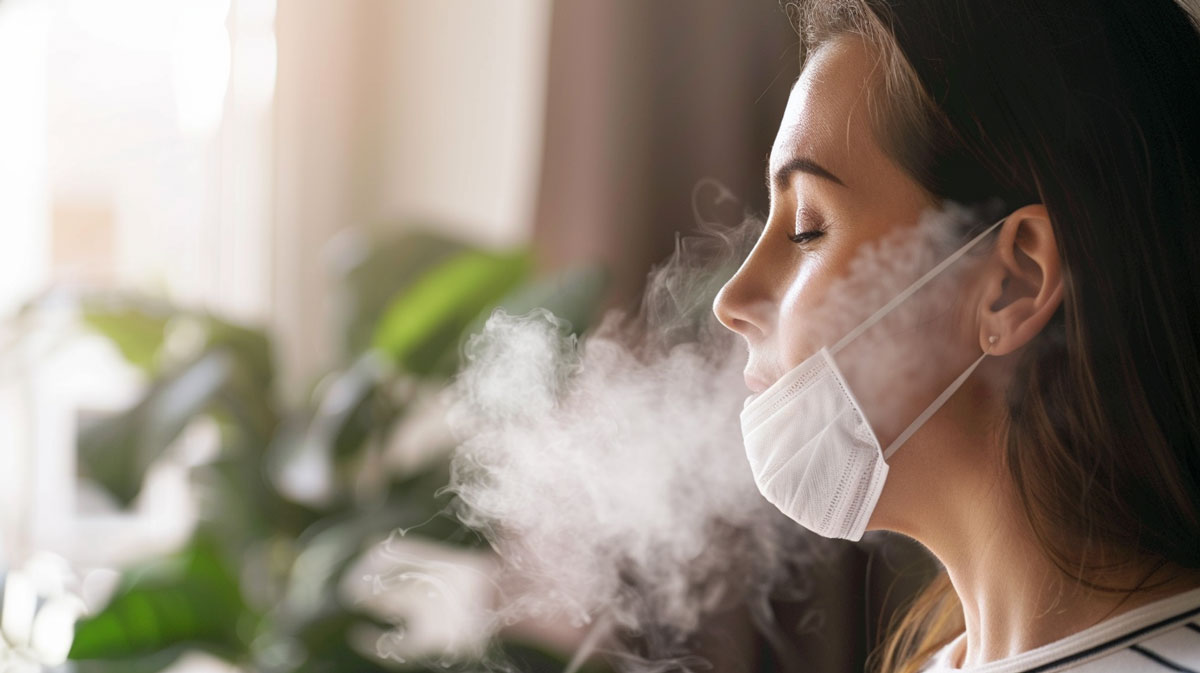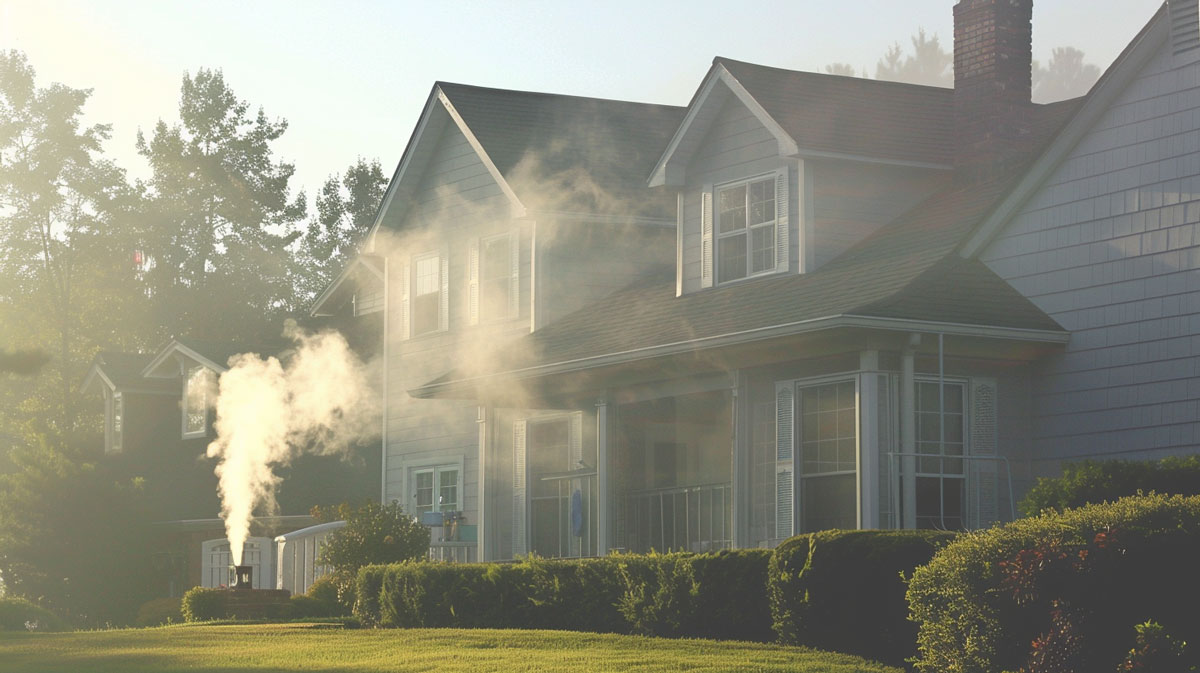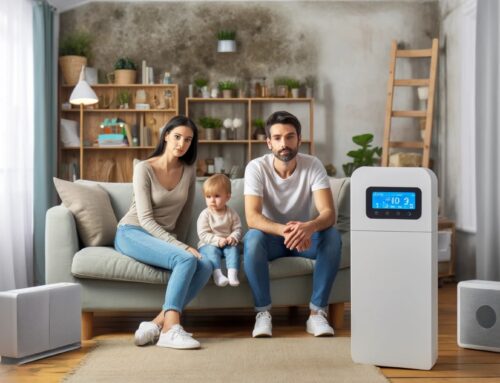July 3, 2024
Air Quality Testing for Home Buyers: Protect Your Health Today

Air quality testing for home buyers is crucial. It ensures a safe living environment by identifying pollutants and allergens. Poor air quality can lead to health issues like asthma and allergies. Testing helps you make informed decisions before purchasing a home. It’s an essential step for peace of mind and long-term health. Don’t skip this important process.
Why Test Air Quality
Health and Safety
Ensuring a safe indoor environment is crucial. Biological and chemical pollutants can harm your health. Poor air quality can cause respiratory issues and allergies.
Residential air quality testing helps identify hidden dangers. Black mold and VOCs (volatile organic compounds) are common threats. Testing reveals these risks early.
Long-term Investment
Investing in air quality testing saves money long-term. It avoids future health care costs, air quality check, and home remediation expenses. Good indoor air quality increases property value.
Future buyers prefer homes with good air quality. Preventive measures are cost-effective compared to fixing issues later. A single air quality test can prevent costly repairs.
Legal Compliance
Sellers must disclose known air quality issues. There are specific regulations for indoor air quality. Home buyers should be aware of these standards.
Compliance checks help avoid legal disputes after purchase. Knowing the rules ensures both parties meet their obligations.
Common Indoor Pollutants

Biological Pollutants
Mold, pollen, and pet dander are common biological pollutants in homes. Mold grows in damp areas like basements and bathrooms. Pollen enters through windows and doors. Pet dander comes from animals’ skin flakes.
Exposure to these pollutants can cause allergies and asthma. Mold spores can lead to respiratory issues. Pollen may trigger sneezing and itchy eyes. Pet dander affects those with pet allergies.
To reduce biological pollutants, use mold testing. Remediate mold by fixing leaks and using dehumidifiers. Keep pets out of bedrooms to limit dander. Regularly clean to remove pollen and dust.
Chemical Pollutants
Chemical pollutants in homes include VOCs, formaldehyde, and cleaning agents, necessitating an air quality check. VOCs come from paints and new furniture. Formaldehyde is found in pressed wood products. Cleaning agents release harmful chemicals into the air.
Commercial air quality testing detects these chemicals. Use low-VOC products to reduce exposure. Ventilate rooms when using cleaning agents or painting. Air purifiers can help remove chemical pollutants.
Long-term exposure to chemical pollutants may lead to serious health conditions like cancer and liver damage. Reducing these contaminants improves indoor air quality.
Combustion Pollutants
Combustion pollutants include carbon monoxide (CO) and nitrogen dioxide (NO2). These come from heating systems, stoves, and fireplaces. CO is odorless but very dangerous. NO2 irritates lungs.
Detecting combustion pollutants is crucial for safety. CO poisoning can be fatal, causing headaches and dizziness. NO2 causes respiratory problems, especially in children.
Install CO detectors near sleeping areas and fuel-burning appliances. Ensure proper ventilation when using stoves or fireplaces. Regularly inspect heating systems to prevent leaks.
Testing Methods and Tools

Professional Testing
Hiring professional inspectors is crucial for comprehensive air quality testing. They have the expertise and specialized equipment. Professionals test for various pollutants like mold, radon, and volatile organic compounds (VOCs).
The process involves collecting air samples from different areas of the home. These samples are analyzed in a lab. The results show the levels of pollutants present. Professionals provide actionable recommendations based on these results. They suggest ways to improve air quality, such as better ventilation or using air purifiers.
DIY Testing Kits
DIY air quality testing kits are available for homeowners. These kits help with preliminary assessments. They can detect common pollutants like carbon monoxide and formaldehyde.
There are pros and cons to DIY testing. Pros include affordability and convenience. Cons involve limited accuracy compared to professional evaluations. DIY kits might not detect all harmful pollutants.
Interpreting DIY test results can be challenging. It is important to follow the instructions carefully. If the results indicate high pollution levels, seek professional advice immediately.
Understanding Specific Risks

Radon Risks
Radon is a radioactive gas. It comes from the ground and can enter homes through cracks. Radon is a concern because it can cause lung cancer.
Air quality tests can detect radon levels in your home. These tests are simple and often use a small device placed in the house for several days.
If high radon levels are found, there are ways to reduce it. Sealing cracks in floors and walls helps. Installing a radon mitigation system can also lower radon levels.
Carbon Monoxide Threats
Carbon monoxide (CO) is a dangerous gas. It has no smell or color. CO poisoning can happen if you breathe too much of it. Sources include gas stoves, heaters, and car exhaust.
Regular air quality testing is vital to detect CO. Having functional carbon monoxide detectors in your home is crucial.
To prevent CO exposure:
-
Service heating systems regularly.
-
Ensure proper ventilation in all rooms.
-
Never run cars or generators indoors.
Asbestos and Lead Paint
Asbestos fibers and lead paint dust pose health risks, especially in older homes built before 1980. Asbestos can cause lung diseases, while lead paint dust affects brain development in children.
Air quality testing can identify these hazardous materials. Professionals use special equipment to detect asbestos and lead paint dust.
If asbestos or lead paint is found, hire professional remediation services. They safely remove or contain these harmful substances.
Mitigating Air Quality Issues
Improving Ventilation
Good ventilation is important for maintaining healthy indoor air quality. It helps remove pollutants and brings in fresh air. Simple ways to improve home ventilation include using exhaust fans in kitchens and bathrooms. Opening windows when the weather is nice also helps.
Advanced systems like heat recovery ventilators (HRVs) provide continuous air exchange. HRVs can save energy while improving air quality. They are especially useful in homes with tight insulation.
Controlling Humidity
Humidity levels affect air quality. High humidity can lead to mold growth and allergens. Keeping indoor humidity between 30-50% is ideal. Dehumidifiers help control moisture levels, especially in damp areas like basements.
Fixing leaks quickly prevents excess moisture buildup. Monitoring humidity with a hygrometer ensures levels stay within the safe range. This helps avoid potential air quality problems.
Regular Maintenance
Regular home maintenance is key to sustaining good air quality. Cleaning ducts and changing filters regularly can prevent dust and pollutants from spreading. A maintenance schedule for air quality systems keeps everything running smoothly.
Periodic professional inspections ensure all measures are working correctly. Professionals can spot issues that homeowners might miss, providing air quality reports that highlight any concerns.
Summary
Testing your home’s air quality is crucial for your health. You’ve learned about common pollutants, testing methods, specific risks, and ways to improve air quality.
Now it’s time to act. Get your air tested and take steps to ensure a safe environment. Your health matters. Don’t wait—breathe easier today! For localized services, visit our air quality testing near me page for quick assistance.
Frequently Asked Questions
Why is testing air quality important for home buyers?
Testing air quality ensures a healthy living environment. It identifies pollutants that may cause health issues. This can help you make an informed decision before purchasing.
What are common indoor pollutants?
Common indoor pollutants include mold, radon, carbon monoxide, and volatile organic compounds (VOCs). These can affect respiratory health and overall well-being.
What methods are used to test air quality?
Air quality can be tested using portable monitors, professional inspections, and DIY kits. Each method varies in accuracy and cost.
How do I understand specific risks in my home?
Understanding specific risks involves identifying potential sources of pollution. Consult with experts and use detailed reports from air quality tests to assess these risks.
Can poor air quality affect property value?
Yes, poor air quality can decrease property value. It can lead to costly repairs and deter potential buyers due to health concerns.
How can I mitigate air quality issues?
Mitigate air quality issues by improving ventilation, using air purifiers, and addressing sources of pollution like mold or VOCs. Regular maintenance is key.
Are professional air quality tests worth the investment?
Professional tests provide accurate results and peace of mind. They can identify hidden issues that DIY kits might miss, ensuring a safer home environment.




